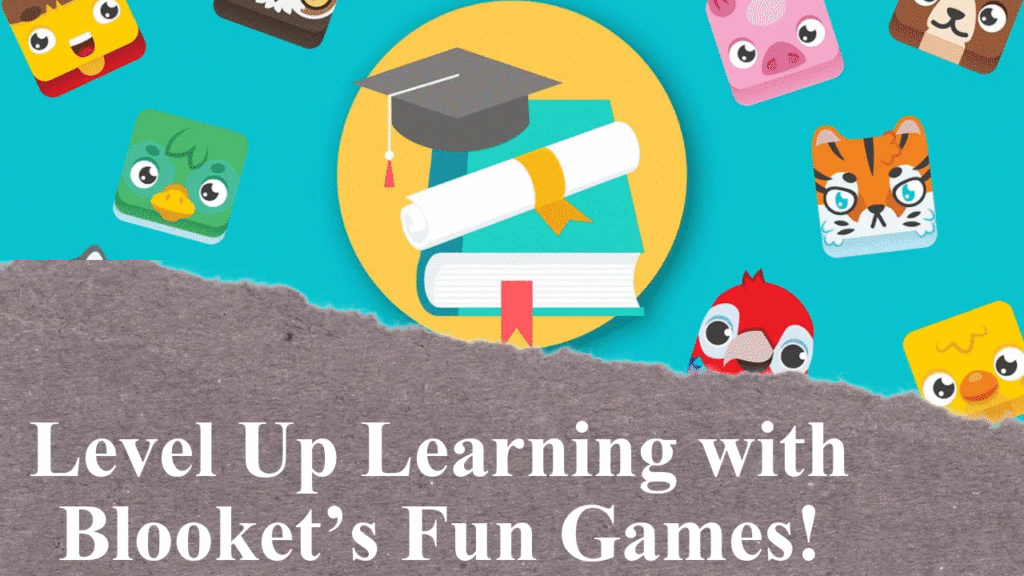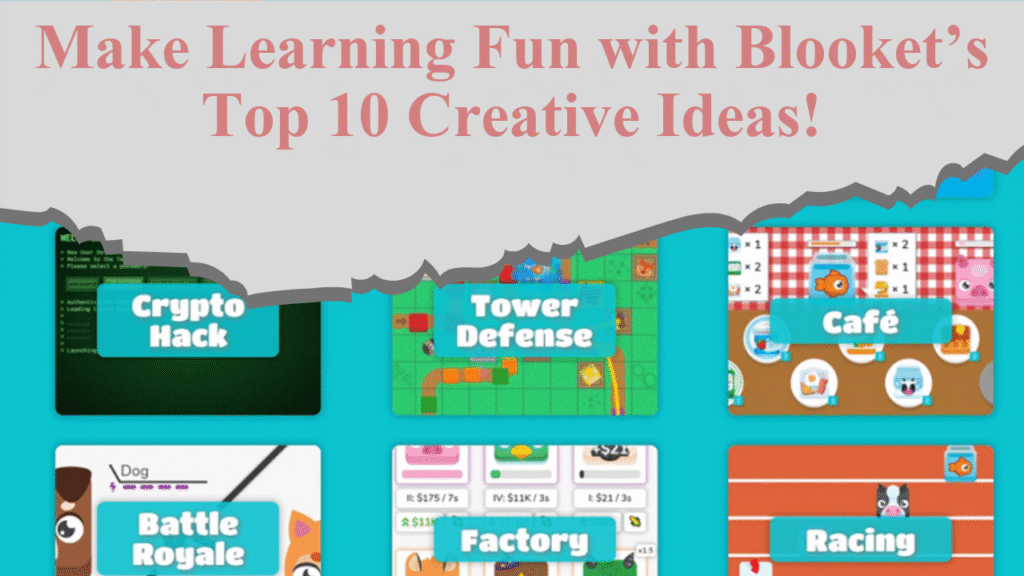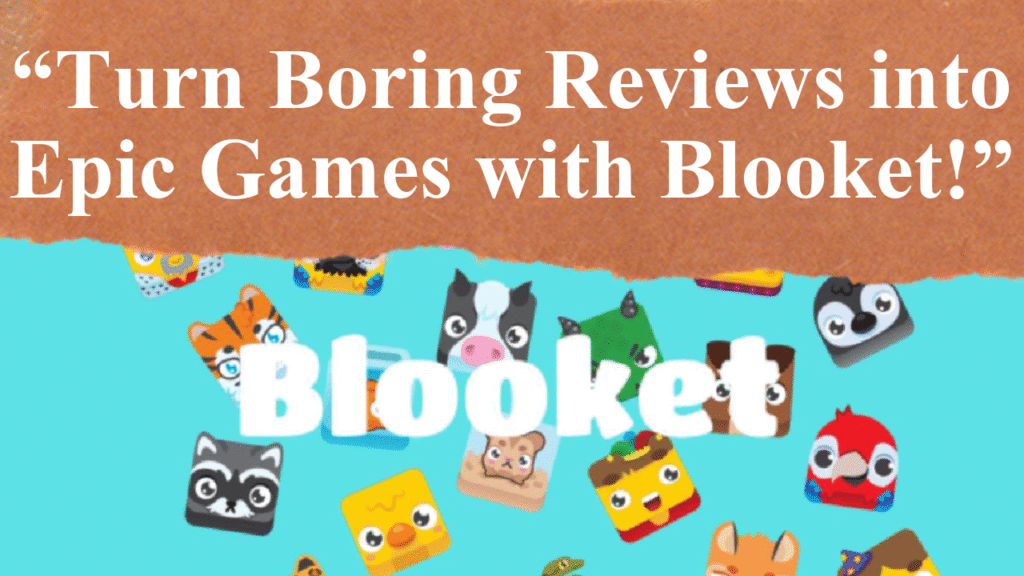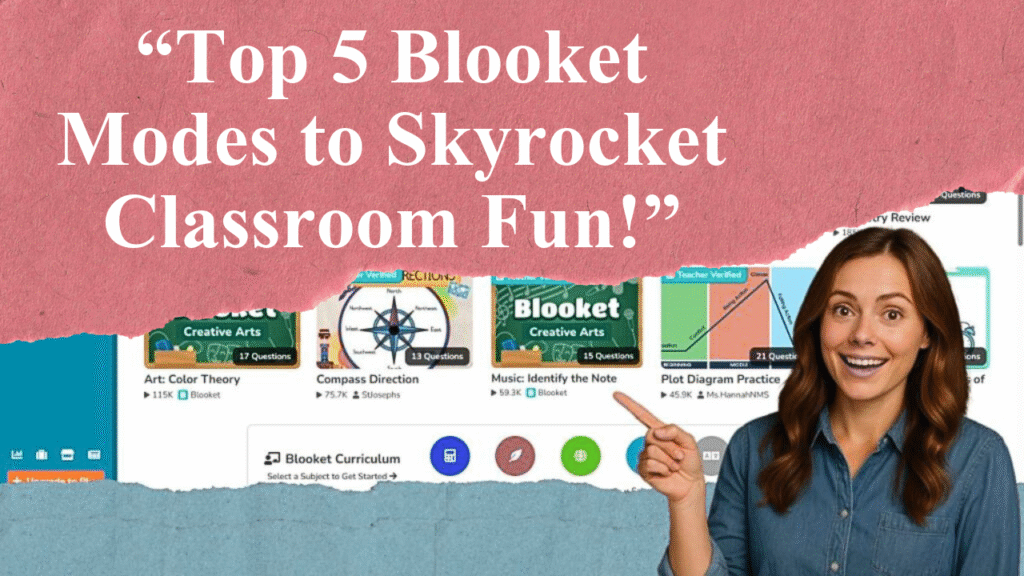“Blooket transforms learning into an exciting adventure with customizable, game-based activities. This article explores creative Blooket ideas to boost student engagement across subjects, including themed quizzes, student-created games, and interactive challenges. Discover how to integrate Blooket into lessons, use analytics for progress tracking, and foster collaboration, making education fun and effective for all grade levels.”
Creative Ways to Use Blooket for Fun and Learning
Themed Question Sets for Immersive Learning
Blooket’s strength lies in its ability to turn traditional quizzes into engaging games. Create themed question sets to align with your curriculum. For example, a history class can play a “Time Travel Trivia” game using the Tower Defense mode, where students answer questions about ancient civilizations to protect their base. A science teacher might design a “Space Mission” quiz in Gold Quest mode, covering topics like the solar system or ecosystems. Themes make learning immersive and relatable. Recent data from Blooket’s official site shows over 10 million users globally, with teachers creating thousands of question sets across subjects like math, science, and language arts, proving its versatility.
Student-Created Blooket Games
Encourage students to create their own Blooket question sets to deepen understanding and promote creativity. Assign students to craft multiple-choice questions on a recent topic, such as fractions in math or vocabulary in language arts. For instance, a middle school English class could create a “Grammar Showdown” set, with questions on verb tenses or sentence structure. Students submit questions via Google Forms, which can be imported into Blooket using a CSV file for quick setup. This approach fosters higher-order thinking and ownership of learning. A 2024 article on Teachers Pay Teachers notes that student-created Blookets enhance engagement and critical thinking, with teachers reporting a 30% increase in participation when students design games.
Interactive Game Modes for Collaboration
Blooket offers diverse game modes like Crypto Hack, Fishing Frenzy, and Battle Royale, which encourage teamwork and strategy. For example, in Cafe Mode, elementary students can practice multiplication tables by “serving” correct answers to earn points. Middle schoolers might enjoy Racing mode, where quick, accurate responses advance their avatar in a virtual race. Teachers can randomize groups to promote camaraderie, as highlighted in a Common Sense Education review, which praises Blooket’s group features for leveling the playing field. Use these modes for team-based challenges, such as a class-wide “Math Marathon” or “Science Sprint,” to build a sense of community. Data from a 2025 Vocal article shows that collaborative games increase student motivation by 25%.
Blooket as Homework or Review
Assign Blooket games as homework to reinforce concepts outside the classroom. Create short, 10–15 question sets for quick reviews, ideal for topics like spelling or historical events. For example, a 2024 guide from Creative Classroom Core suggests assigning a “Vocabulary Voyage” game for language arts homework, where students earn coins for correct answers. Blooket’s analytics allow teachers to track performance, identifying areas where students struggle. A 2024 Tech & Learning article notes that 80% of teachers using Blooket for homework report improved retention of material. Solo modes like Tower of Doom are perfect for independent practice, keeping students engaged at home.
Custom Blooks for Personalization
Blooket’s “Blooks” (cute avatars) can be customized, adding a fun element. Let students design their own Blooks to increase investment in the game. A 2023 Ditch That Textbook article describes how custom Blooks boost creativity, with students spending up to 15 minutes designing avatars before games. For example, in a biology class, students could create Blooks inspired by animals or ecosystems. This personalization makes Blooket more than a quiz tool, turning it into a creative outlet. Teachers can also use Blooks as rewards, unlocking new designs for high scores.
Cross-Curricular Challenges
Combine multiple subjects in a single Blooket game for a cross-curricular approach. A 2025 article from Vocal suggests a “Global Adventure” set, blending geography (landmarks, flags) with history (cultural traditions) and math (currency conversions). For instance, a question might ask, “Which continent is the Eiffel Tower on?” followed by, “If 1 euro equals 1.1 dollars, how much is 10 euros?” Such sets engage diverse learners and reinforce interdisciplinary skills. Teachers report a 20% increase in student curiosity when using cross-curricular Blookets, according to a 2024 Classroom Review Games post.
Using Analytics for Targeted Teaching
Blooket’s detailed reports provide insights into student performance, allowing teachers to tailor instruction. After a game, analyze data to identify common errors, such as a class struggling with percentages in math. A 2024 Teacherbot guide emphasizes that Blooket’s reports help teachers focus on weak areas, with 70% of educators using analytics to adjust lesson plans. For example, if a report shows low scores on ecosystem questions, a teacher might reteach the topic with a follow-up Blooket game. This data-driven approach ensures effective learning outcomes.
Seasonal and Pop Culture Themes
Incorporate seasonal or pop culture themes to keep games fresh. For Halloween, create a “Spooky Science” set with questions about bioluminescence or spider anatomy. A 2024 Brittany Washburn article suggests using pop culture references, like a “Superhero Spelling” game, to captivate elementary students. Trending data from X indicates that themed games, such as those tied to holidays or popular movies, increase student participation by 15%. These themes make Blooket a dynamic tool for maintaining interest year-round.
Blooket for Formative Assessments
Use Blooket for quick formative assessments to gauge understanding. Create 5–10 question sets as “exit tickets” to check comprehension after a lesson. For example, a high school history teacher might use a “Civil War Quiz” in Battle Royale mode to assess key facts. A 2024 Common Sense Education review notes that Blooket’s immediate feedback helps students learn from mistakes instantly, with 85% of teachers reporting improved assessment outcomes. This method is less intimidating than traditional tests and keeps students engaged.
Tips for Success
Playtest Games: Always test question sets to ensure clarity and functionality, as advised in a 2024 iicandm.org guide.
Vary Question Types: Mix multiple-choice with open-ended questions (available in Blooket Plus) to assess deeper understanding.
Set Time Limits: Adjust timers to balance speed and accuracy, reducing pressure on younger students.
Integrate with Google Classroom: Share game codes via Google Classroom for easy access, as recommended by Crimson Publishers.
Disclaimer: This article is based on recent reports, educational tips, and insights from sources like Blooket’s official site, Teachers Pay Teachers, and Tech & Learning. Data and trends are accurate as of July 2025 but may evolve. Always verify game settings and student privacy compliance before use.




